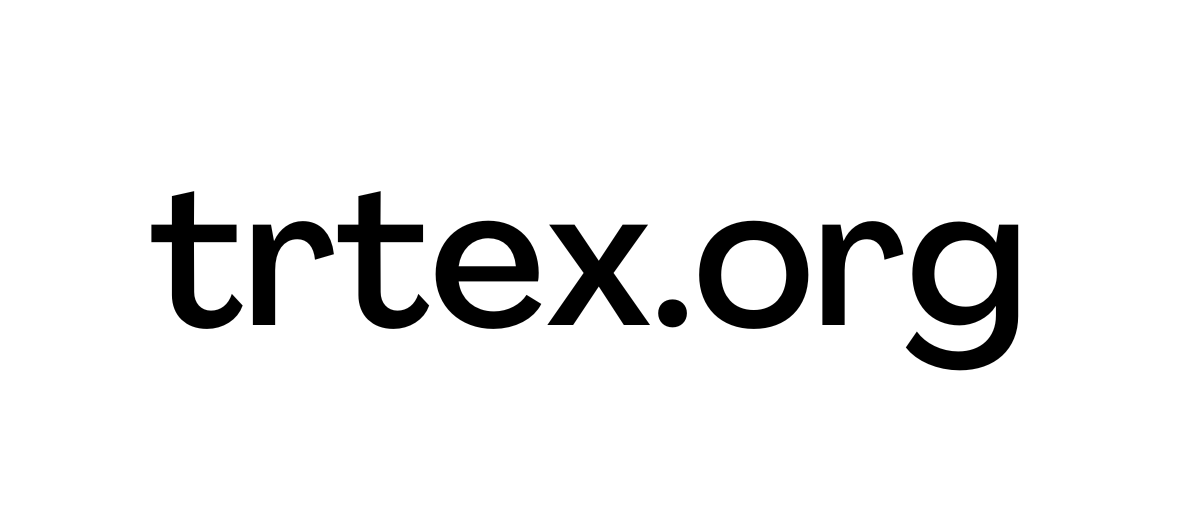The issue of sustainability in the field of product, process, and supply in the textile and fashion sector continues to exist by increasing its impact day by day. Many developments in recent years contain promising elements for the future. Sustainable and circular textile strategy statements made by the European Union recently took an important place on the agenda of everyone who is interested in textile and fashion. We present to your attention the prominent details of the explanation.
The priority issue in the content of the statement is the use of eco-design in order to produce sustainable products determined as the main theme. The reason is that it has been determined that the effect of the design phase on environmental effects is eighty percent, to briefly explain eco-design; We can define it as creating a balance between ecological and economic requirements by integrating environmental elements into the product development process. The aim is to realize the designs and processes that will have the least environmental impact in the life of the product.
Another important topic in the statement is to reduce the negative effects of the industry by developing new business models, production methods, and quality products with long life cycles. It has been stated that providing the end-user with the right information on textile products and preventing green laundering will allow the applications and products to be adopted by large masses. It is planned to use circular economy and digital applications in textile to ensure the green transition. In order to increase and strengthen the work to be done in the field of circular economy, the European Circular Economy Study Center aims to increase solutions by bringing institutions and individuals together.
The digital product identities to be created with digital opportunities and the fact that all production processes of the products can be followed will offer a transparent and informative structure. In order to prevent especially large-scale clothing retail companies from destroying unsold products, applications that will ensure transparency are introduced, while reducing the number of products that turn into waste through applications such as recycling and reuse is envisaged.
Microplastic is another important topic, it is estimated that 60% of the fibers used in textiles are polyester-based. As a result of this, many polyester-based products are released into nature both during the use phase and in case the product expires. Increasing the natural fibers and accelerating the creation of innovative materials were offered as a solution. Product durability and information about the product, as well as renewal and repair information, will be presented to the end-user as information shared with the product.
In order to prevent over-capacity production and consumption, it is emphasized that the trend of fast fashion should be excluded from textiles and alternative new perspectives should be developed, and companies should undertake important responsibilities for this.
In order to realize all these goals, a structure is envisaged under the title of Transition Applications for the Textile Ecosystem, where the elements of the ecosystem work in detail on the above-mentioned issues and a joint creation is achieved. The rapid operability of the studies mentioned in the statement will lay an important basis for the formation of curative effects in the textile ecosystem. Creating a new system became obligatory, enabling the transformation involving all participants in a wide network of manufacturers, brands, and users.
The full statement can be accessed from the relevant link:
https://ec.europa.eu/environment/publications/textiles-strategy_en
